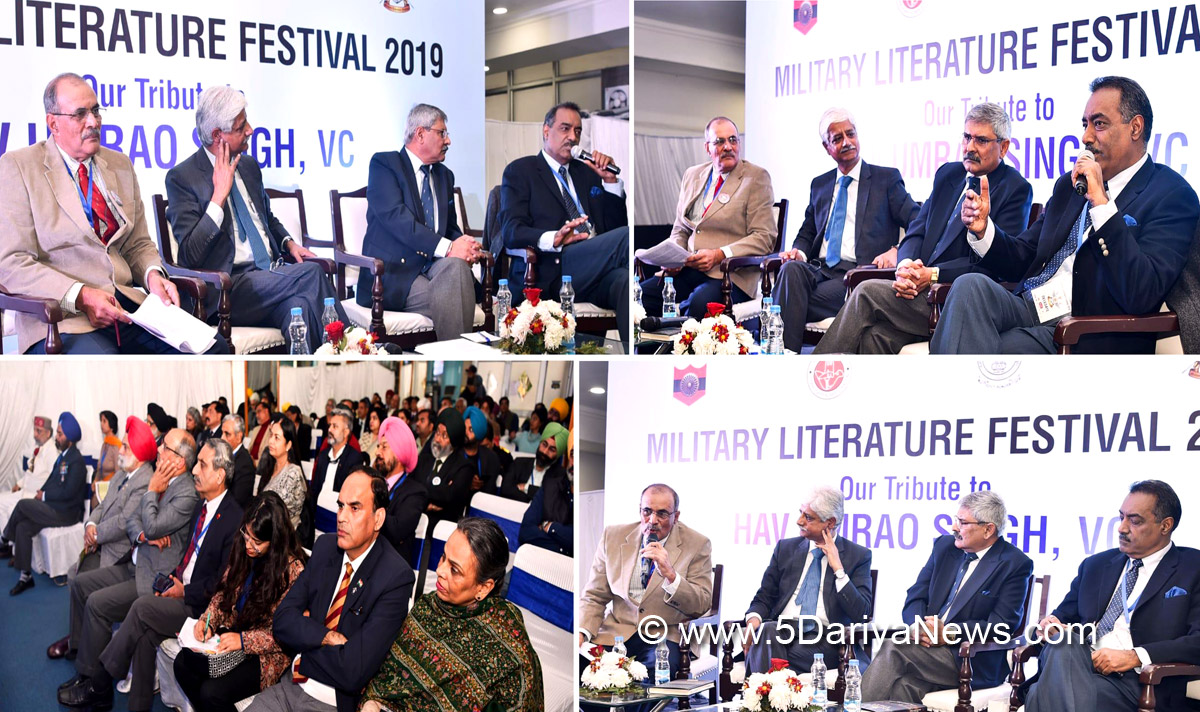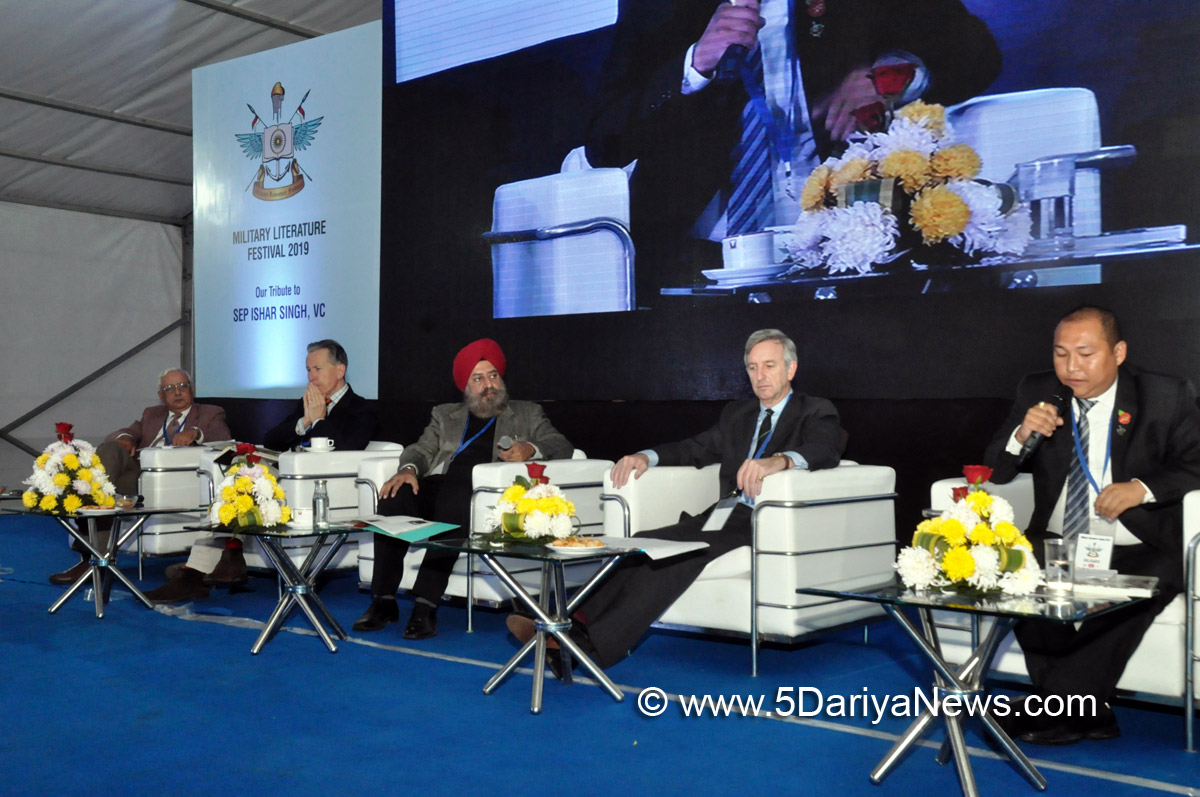 People protest against the Citizenship Amendment Act at Jantar Mantar in New Delhi on Saturday. Ajay Aggarwal/HT
People protest against the Citizenship Amendment Act at Jantar Mantar in New Delhi on Saturday. Ajay Aggarwal/HTHT Correspondents
letters@hindustantimes.com
New Delhi/Guwahati/Ranchi : A fresh round of political slugfest broke out over the amended citizenship act on Saturday as top Congress leaders accused the National Democratic Alliance (NDA) government of trying to divide the country, inviting a sharp reaction from home minister Amit Shah, who accused the opposition party of stoking violence.
Protesters have clashed with the police in several areas of the North-east since Parliament approved the amended act earlier in the week, triggering a debate on whether grant of citizenship could be linked to religion. On Saturday, demonstrations continued in West Bengal and the North-east, which saw several incidents of arson and the killing of one person, taking the death toll in the protests up to three.
The new law allows citizenship to migrants from Hindu, Parsi, Sikh, Jain, Christian and Buddhist faiths fleeing persecution in Pakistan, Afghanistan and Bangladesh. It has roiled the North-east, which has for long demanded protections to safeguard its cultural identity.
Speaking at the Congress’s ‘Bharat Bachao’ rally at Delhi’s Ramlila Maidan on Saturday, party leader Rahul Gandhi said the North-east was burning after the government’s push for the new legislation.
“The BJP government works to divide and weaken the country,” he said.
Gandhi also criticised the government’s move to withdraw Jammu and Kashmir’s special status in August this year. “Go to Jammu and Kashmir, Assam, Nagaland and Tripura. They are burning,” he added.
Congress president Sonia Gandhi, too, hit out at the Centre, saying the citizenship amendment act (CAA) will “destroy and shred” the soul of India. “But the country will fight against the act. Suffering injustice is the biggest crime. It’s time to rise to save the democracy and Constitution. The time has come to save the country and we have to struggle hard for it,” she said.
At an election rally later in the day in Jharkhand, Union home minister Shah attacked the opposition party, accusing it of trying to fan violence in the North-east region.
“We have brought the amended citizenship act and the Congress got a stomach ache and is fanning violence against it,” he said.
The ruling Bharatiya Janata Party (BJP) president assured the people of the North-east that their culture, language, social identity and political rights will be not be affected by CAA.
But protests continued in the region on Saturday. People in the North-east states fear that the act will legitimise the rights of immigrants in the region, affecting local people and culture.
An oil tanker was set ablaze in Sonitpur district in Assam, which shares its border with Bangladesh, killing its driver. The empty oil tanker, on its way for refilling petrol from Sipajhar in Udalguri district, was set ablaze by a group of people at Dhekiajuli in Sonitpur on Friday night, the police said. A six-hour shutdown was observed in Nagaland against the legislation.
An indefinite curfew imposed in the wake of protests was relaxed for several hours in Dibrugarh and Guwahati in Assam, which has emerged as the epicentre of protests against the contentious piece of legislation.
In West Bengal, where the Trinamool Congress government has been opposing the legislation, arson was reported from various areas. Buses, a railway station and a toll plaza in Murshidabad were set on fire by protesters, the police said.
In the Capital, hundreds of people gathered at Jantar Mantar to protest against CAA. The Delhi Metro Rail Corporation closed entry and exit gates at Janpath metro station in view of the protest.
(With inputs from agencies)











.jpg)
.jpg)
.jpg)


.jpg)




























































